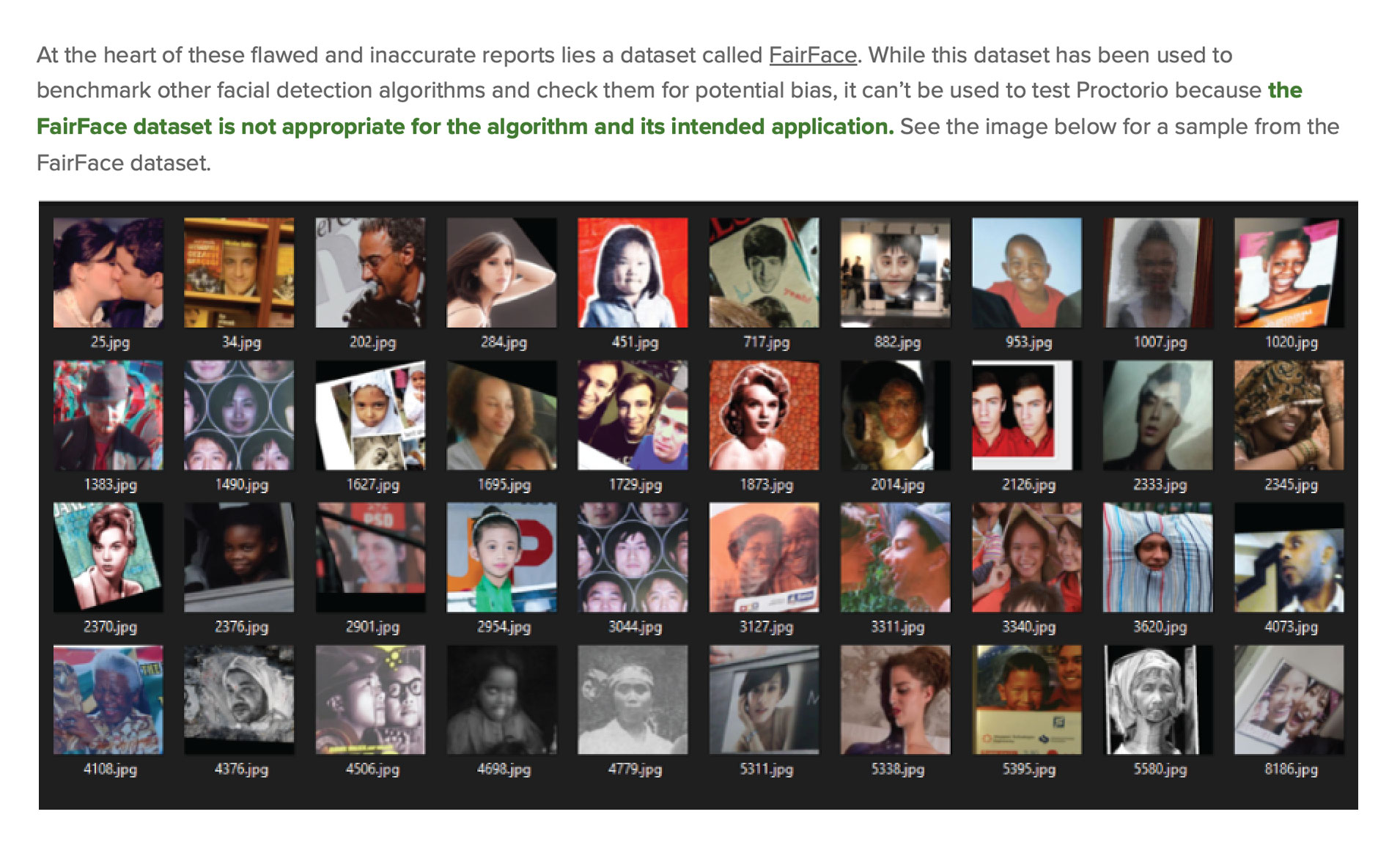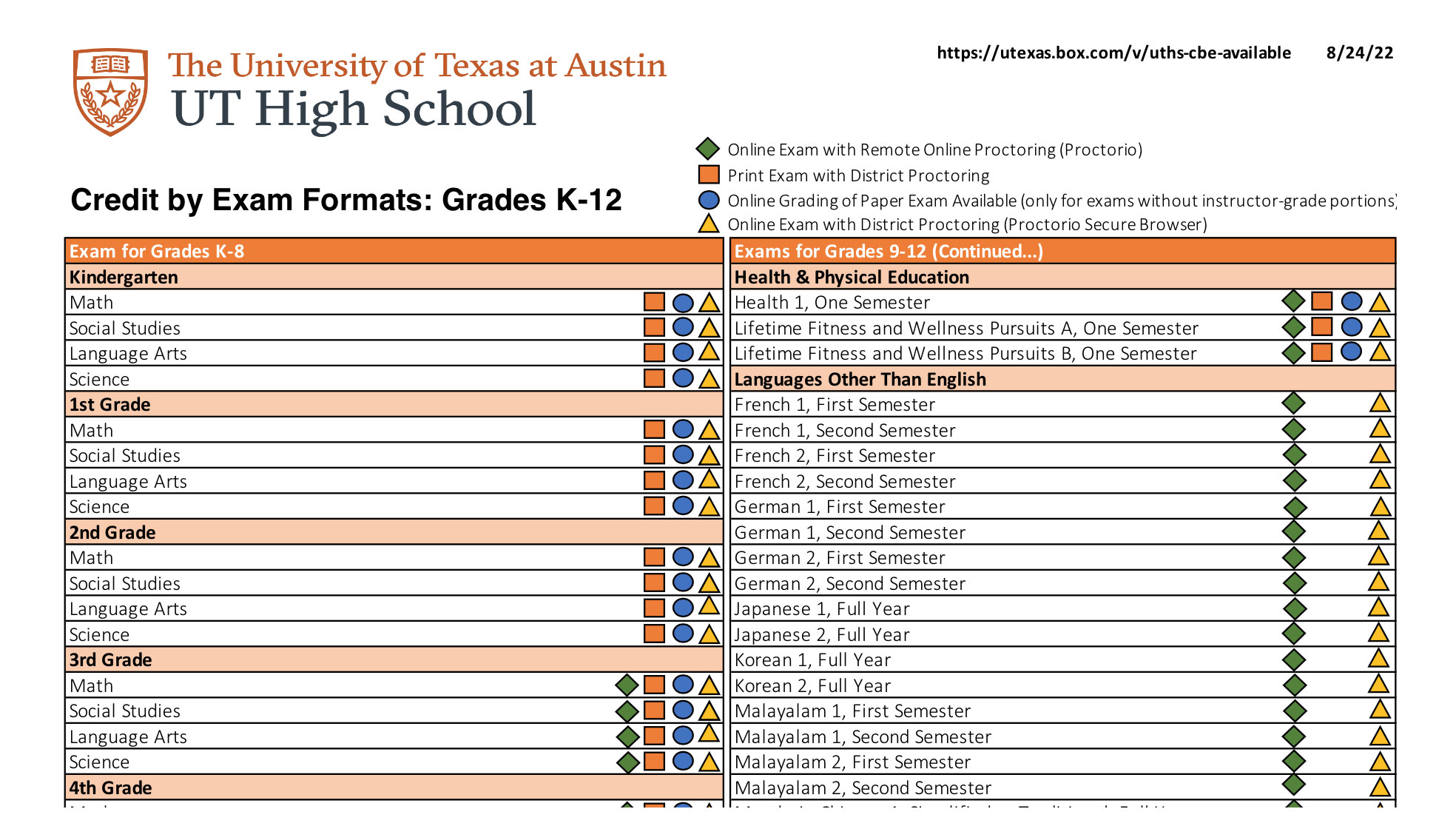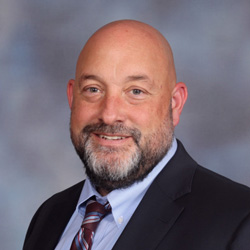Remote proctoring tools like Proctorio have faced widespread pushback at colleges. Less scrutiny and awareness exists on their use in K-12 schools.
Updated, correction appended April 18
In the middle of night, students at Utah’s Kings Peak High School are wide awake — taking mandatory exams.
At this online-only school, which opened during the pandemic and has seen its enrollment boom ever since, students take tests from their homes at times that work best with their schedules. Principal Ammon Wiemers says it’s this flexibility that attracts students — including athletes and teens with part-time jobs — from across the state.
“Students have 24/7 access but that doesn’t mean the teachers are going to be there 24/7,” Wiemers told The 74 with a chuckle. “Sometimes [students] expect that but no, our teachers work a traditional 8 to 4 schedule.”
Any student who feels compelled to cheat while their teacher is sound asleep, however, should know they’re still being watched.
For students, the cost of round-the-clock convenience is their privacy. During exams, their every movement is captured on their computer’s webcam and scrutinized by Proctorio, a surveillance company that uses artificial intelligence. Proctorio software conducts “desk scans” in a bid to catch test-takers who turn to “unauthorized resources,” “face detection” technology to ensure there isn’t anybody else in the room to help and “gaze detection” to spot anybody “looking away from the screen for an extended period of time.”
Proctorio then provides visual and audio records to Kings Peak teachers with the algorithm calling particular attention to pupils whose behaviors during the test flagged them as possibly engaging in academic dishonesty.
Such remote proctoring tools grew exponentially during the pandemic, particularly at U.S. colleges and universities where administrators seeking to ensure exam integrity during remote learning met with sharp resistance from students. Online petitions demanded institutions end the surveillance regime; lawsuits accused the tools of violating their constitutional rights and relying on “racist algorithms” that set off a red flag when the tool failed to detect Black students’ faces.

At the same time, social media platforms like TikTok were flooded with videos purportedly highlighting service vulnerabilities that taught others “how to cheat.”
K-12 schools’ use of remote proctoring tools, however, has largely gone under the radar. Nearly a year since the federal public health emergency expired and several since the vast majority of students returned to in-person learning, an analysis by The 74 has revealed that K-12 schools nationwide — and online-only programs in particular — continue to use tools from digital proctoring companies on students, including those as young as kindergarten.
Previously unreleased survey results from the nonprofit Center for Democracy and Technology found that remote proctoring in K-12 schools has become widespread. In its August 2023 educator poll, 36% of teachers reported that their school uses the surveillance software.
Civil rights activists, who contend AI proctoring tools fail to work as intended, harbor biases and run afoul of students’ constitutional protections, said the privacy and security concerns are particularly salient for young children and teens, who may not be fully aware of the monitoring or its implications.
“It’s the same theme we always come back to with student surveillance: It’s not an effective tool for what it’s being claimed to be effective for,” said Chad Marlow, senior policy counsel at the American Civil Liberties Union. “But it actually produces real harms for students.”
It’s always strange in a virtual setting — it’s like you’re watching yourself take the test in the mirror.
Ammon Wiemers, Principal Kings Peak High School
Wiemers is aware that the school, where about 280 students are enrolled full time and another 1,500 take courses part time, must make a delicate “compromise between a valid testing environment and students’ privacy.” When students are first subjected to the software he said “it’s kind of weird to see that a camera is watching,” but unlike the uproar at colleges, he said the monitoring has become “normalized” among his students and that anybody with privacy concerns is allowed to take their tests in person.
“It’s always strange in a virtual setting — it’s like you’re watching yourself take the test in the mirror,” he said. “But when students use it more, they get used to it.”
Children ‘don’t take tests’
Late last year, Proctorio founder and CEO Mike Olsen published a blog post in response to research critical of the company’s efficacy. A tech-savvy Ohio college student had conducted an analysis and concluded Proctorio’s face-detection capabilities relied on an open-source software library with a history of racial biases — including a failure to recognize Black faces more than half of the time.
The student tested the company’s face-detection capabilities against a dataset of nearly 11,000 images, called FairFace, which depicted people of multiple races and ethnicities, with results showing a failure to distinguish Black faces 57% of the time, Middle Eastern faces 41% of the time and white faces 40% of the time. Such a high failure rate was problematic for Proctorio, which relies on its ability to flag cheaters by zeroing in on people’s facial features and movements.
Olsen’s post sought to discredit the research, arguing that while the FairFace dataset had been used to identify biases in other facial-detection algorithms, the images weren’t representative of “a live test-taker’s remote exam experience.”
“For example,” he wrote, “children and cartoons don’t take tests so including those images as part of the data set is unrealistic and unrepresentative.”

To Ian Linkletter, a librarian from Canada embroiled in a long-running battle with Proctorio over whether its products were harmful, Olsen’s response was baffling. Sure, cartoon characters don’t take tests. But children, he said, certainly do. What he wasn’t sure about, however, was whether those younger test-takers were being monitored by Proctorio — so he set out to find out.
He found two instances, both in Texas, where Proctorio was being used in the K-12 setting, including at a remote school tied to the University of Texas at Austin. Linkletter shared his findings with The 74, which used the government procurement tool GovSpend to identify other districts that have contracts with Proctorio and its competitors.
More than 100 K-12 school districts have relied on Proctorio and its competitors, according to the GovSpend data, with a majority of expenditures made during the height of the pandemic. And while remote learning has become a more integral part of K-12 schooling nationwide, seven districts have paid for remote proctoring services in the last year. While extensive, the GovSpend database doesn’t provide a complete snapshot of U.S. school districts or their expenditures.
“It was just obvious that Proctorio had K-12 clients and were being misleading about children under 18 using their product,” Linkletter said, adding that young people could be more susceptible to the potential harms of persistent surveillance. “It’s almost like a human rights issue when you’re imposing it on students, especially on K-12 students.” Young children, he argued, are unable to truly consent to being monitored by the software and may not fully understand its potential ramifications.
Proctorio did not respond to multiple requests for comment by The 74. Founded in 2013, the Arizona-based company claims it provided remote proctoring services during the height of the pandemic to more than 2,000 education institutions globally.
In 2020, Proctorio sued Linkletter over a series of tweets in which the then-University of British Columbia learning technology specialist linked to Proctorio-produced YouTube videos, which the company had made available to instructors. Using the video on the tool’s “Abnormal Eye Movement function,” Linkletter tweeted that it showed “the emotional harm you are doing to students by using this technology.”
Proctorio’s lawsuit alleged that Linkletter’s use of the company’s videos, which were unlisted and could only be viewed by those with the link, amounted to copyright infringement and distributing of confidential material. In January, Canada’s Supreme Court declined to consider Linkletter’s claim that the litigation was specifically designed to silence him.
While there is little independent research on the efficacy of any remote proctoring tools in preventing cheating, one 2021 study found that Proctorio failed to detect test-takers who had been instructed to cheat. Researchers concluded the software is “best compared to taking a placebo: It has some positive influence, not because it works but because people believe that it works, or that it might work.”
Remote proctoring costs K-12 schools millions
A rubric at UT High School, the online K-12 school operated by the University of Texas, indicates that Proctorio is used for Credit by Exam tests, which award course credit to students who can demonstrate mastery in a particular subject. For students in kindergarten, first and second grade, the district pairs district proctoring with a “Proctorio Secure Browser,” which prohibits test takers from leaving the online exam to use other websites or programs. Beginning in third grade, according to the rubric uploaded to the school’s website, test takers are required to use Proctorio’s remote online proctoring.

Proctorio isn’t the only remote proctoring tool in use in K-12 schools. GovSpend data indicate the school district in Las Vegas, Nevada, has spent more than $1.4 million since 2018 on contracts with Proctorio competitor Honorlock. Spending on Honorlock by the Clark County School District surged during the pandemic but as recently as October, it had a $286,000 company purchase. GovSpend records indicate the tool is used at Nevada Learning Academy, the district’s online-only program which claims more than 4,500 elementary, middle and high school students. Clark County school officials didn’t respond to questions about how Honorlock is being utilized.
Meanwhile, dozens of K-12 school districts relied on the remote proctoring service ProctorU, now known as Meazure Learning, during the pandemic, records indicate, with several maintaining contracts after school closures subsided. Among them is the rural Watertown School District in South Dakota, which spent $18,000 on the service last fall.
Aside from Wiemers, representatives for schools mentioned in this story didn’t respond to interview requests or declined to comment. Meazure Learning and Honorlock didn’t respond to media inquiries.
At TTU K-12, an online education program offered by Texas Tech University, a web page notes the institution relies on Proctorio for “all online courses and Credit by Examinations,” flagging suspicious activity to teachers for review. In an apparent nod to Proctorio privacy concerns, TTU instructs students to select private spaces for exams and that if they are testing in a private home, they have to get the permission of anyone also residing there for the test to be recorded.
Documents indicate that K-12 institutions continue to subject remote learners to room scans even after a federal judge ruled a university’s use of the practice was unconstitutional. In 2022, a federal judge sided with a Cleveland State University student, who alleged that a room scan taken before an online exam at the Ohio institution violated his Fourth Amendment rights against unreasonable searches and seizures. The judge ruled that the scan was “unreasonable,” adding that “room scans go where people otherwise would not, at least not without a warrant or an invitation.”
Sign up for the School (in)Security newsletter.
Get the most critical news and information about students' rights, safety and well-being delivered straight to your inbox.
Marlow of the ACLU says he finds room scans particularly troubling — especially in the K-12 context. From an equity perspective, he said such scans could have disproportionately negative effects on undocumented students, those living with undocumented family members and students living in poverty. He expressed concerns that information collected during room scans could be used as evidence for immigration enforcement
“There are two fairly important groups of vulnerable students, undocumented families and poor students, who may not feel that they can participate in these classes because they either think it’s legally dangerous or they’re embarrassed to use the software,” he said.
The TTU web page notes that students “may be randomly asked to perform a room scan,” where they’re instructed to offer their webcam a 360-degree view of the exam environment with a warning: Failure to perform proper scans could result in a violation of exam procedures.
“If you’re using a desktop computer with a built-in webcam, it might be difficult to lift and rotate the entire computer,” the web page notes while offering a solution. “You can either rotate a mirror in front of the webcam or ask your instructor for further instruction.”
‘A legitimate concern’
Wiemers, the principal in Utah, said that Proctorio serves as a deterrent against cheating — but is far from foolproof.
“There’s ways to cheat any software,” he said, adding that educators should avoid the urge to respond to Proctorio alerts with swift discipline. In the instances where Proctorio has caught students cheating, he said that instead of being given a failing grade, they’re simply asked to retake the test.
“There are limitations to the software, we have to admit that, it’s not perfect, not even close,” he said. “But if we expect it to be, and the stakes are high and we’re overly punitive, I would say [students] have a legitimate concern.”
During a TTU K-12 advisory board meeting in July 2021, administrators outlined the extent that Proctorio is used during exams. Justin Louder, who at the time served as the TTU K-12 interim superintendent, noted that teachers and a “handful of administrators within my office” had access to view the recordings. Ensuring that third parties didn’t have access to the video feeds was “a big deal for us,” he said, because they’re “dealing with minors.”
While college students “really kind of pushed back” on remote proctoring, he noted that they only received a few complaints from K-12 parents, who recognized the service offered scheduling benefits. Like Wiemers, he framed the issue as one of 24-hour convenience.
“It lets students go at their own pace,” he said. “If they’re ready at 2 o’clock in the morning, they can test at 2 o’clock in the morning.”
Correction: A copyright infringement case brought by Proctorio against longtime company critic Ian Linkletter is still being argued in court. An earlier version of this story mischaracterized the litigation as being ruled in Proctorio’s favor.
Get stories like these delivered straight to your inbox. Sign up for The 74 Newsletter



